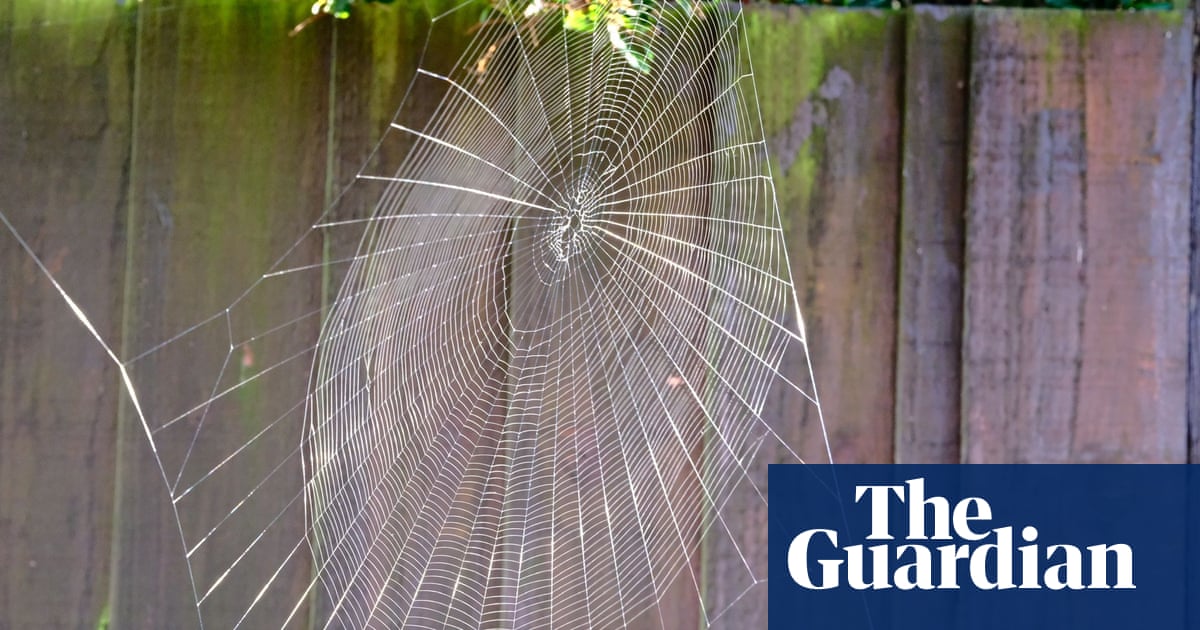
BANGKOK (Reuters) - Inside the shrine of Chao Mae Thap Thim in Bangkok, a figurine of the sea goddess Mazu sits in the centre of a gold-framed altar of deities in a room festooned with lanterns and Chinese scriptures.
Outside, a tall, newly erected metal fence stands between the goddess and a vast construction site, where a dozen trucks and excavators are waiting to move in and demolish the historic shrine once at the heart of the Thai capital’s Chinese migrant community.
The stone lions that protect the shrine may not hold out much longer. Bangkok’s Chulalongkorn University, which owns the land, plans to construct two residential buildings comprising 1,758 units, despite protests from its own students.
“Sooner or later they will cut the water supply and electricity,” said Penprapa Ployseesuay, the shrine’s caretaker for 25 years.
Chao Mae Thap Thim is a rare holdout against a wave of gentrification across one of Asia’s most vibrant capitals, where change is being thrust upon a melting pot of communities that have for generations resisted it.
Penprapa lives with her mother and two sons in a small house beside the shrine and opens it to anyone wishing to pay respects to the goddess, or seek her guidance or blessings.
Construction has interfered with the shrine’s drainage system, sometimes flooding it, and Penprapa fears the height of the surrounding fence means few people know it is still there.
“I feel very sad. They don’t see the importance and value of this place that deserves to be preserved,” she said of the university.
“They chose not to make the two worlds live together,” she added. “They only want us to get out.”
Slideshow ( 29 images )
A committee is fighting the eviction and has sought a court injunction against it.
OLD AND NEW
The university, in a response to Reuters’ questions, said it would build a new shrine at a space it has prepared at its Centenary Park “where its grace and auspiciousness will remain with the community”.
Penprapa said a new site could not replicate the original charm of the century-old shrine, which moved to its current location 53 years ago after a fire.
“We will resist as long as we can,” she said. “I know it won’t be easy.”
The coexistence of old and new is central to Bangkok’s character, but its skyscrapers and condominium clusters are eclipsing its shabbier side. A notable example is the $1.79 billion Iconsiam, a mega-mall of entertainment, retail and panoramic riverside views where stilted houses and blackened buildings once stood.
“I’m excited about the new vibe,” said Surin Sae-Ton, 50, who runs a tea shop across the river from Iconsiam. “But I don’t know how the community will be in future with this new prosperity.”
Lee Kwang Tao, 62, who owns a Chinese medicine shop, also welcomed the prospect of modernisation.
Slideshow ( 29 images )
“This area used to have very good business, but in recent years it has gone down,” he said. “That’s why people in this neighbourhood are selling their property.”
Conservation advocates say the mixed-up identity that makes Bangkok so popular is being lost, and that the city must find solutions to carefully manage the changes.
“This is the speed that nobody can control, it is really unstoppable,” said Niramon Serisakul, director of the Urban Designer and Development Center at Chulalongkorn University. “Sometime people forget about other important things, like how to preserve the heritage.”












